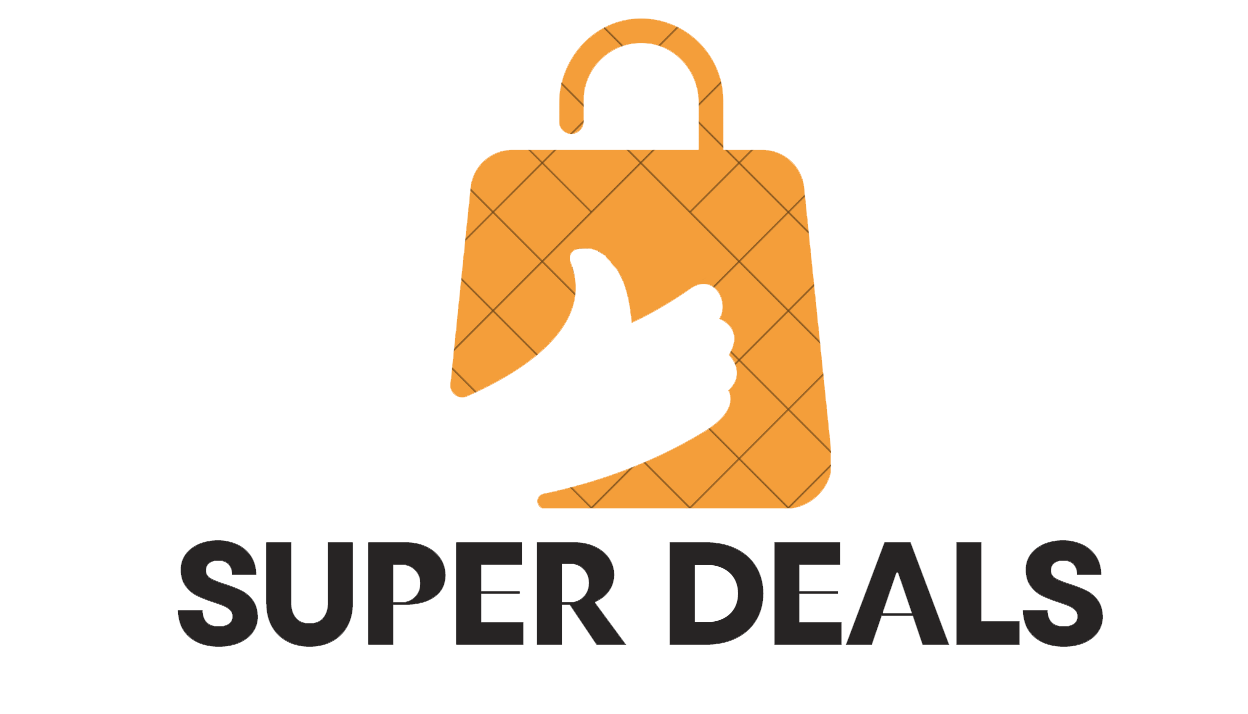Introduction
We’re entering a pivotal year for artificial intelligence. In 2025, AI isn’t just about gimmicks—it’s about real-world impact: smarter chatbots, creative assistants that design for you, full-scale workflow automation, multimodal apps that handle text, image, video, voice, and even autonomous agents that execute tasks end to end. Whether you’re a content creator, a manager, a developer or just someone curious about tech, this blog dives into the most important AI tools of 2025, why they matter, and how to leverage them.
Why 2025 Is a Milestone Year for AI Tools
Several forces are converging:
- Tools are moving from “cool demos” to business- and creator-ready maturity. For example, the tool ranking site says “the AI space is shifting from novelty to utility — tools that save time or enhance creativity are winning.” LetsAI+2ai-toptier.com+2
- Multimodal models (that handle text, image, video, voice) are rapidly improving. pave.agency+1
- Wider availability of agent-based systems (AI that takes initiative) and integration into business workflows. Wikipedia+1
- A strong push toward democratisation: non-tech users can use AI for design, content, automation, not just developers. quadcse.com+1
All of which means: If you haven’t yet adopted or at least explored key AI tools, 2025 is the year to get serious.
Top Categories & Tools to Watch
Here are some of the major categories of AI tools in 2025 with standout examples and how they’re being used.
1. Conversational AI & Chatbots
- ChatGPT (OpenAI): Continues to dominate the chatbot space for writing, research, brainstorming, coding. Alleasora Ai Tools Directory+1
- Claude AI (Anthropic): Emphasises safety and long-form reasoning; trending in enterprise contexts. aicorner.net+1
- Google Gemini: Multimodal AI that handles text, image, code, voice—becoming a strong competitor. aicorner.net+1
What this means: These tools aren’t just answering questions—they’re becoming assistants. Think: “draft my proposal, design a workflow, summarise research, generate code snippet, translate this file.” Integrating a chatbot into your workflow will likely become as normal as using email.
2. Creative & Visual AI Tools
- Midjourney – a leader in AI-generated creative visuals and art. SmartAITools+1
- Canva Magic Suite – brings AI into graphic design for non-designers, with text-to-image, layout suggestions, auto-adjusting elements. trendingland.com
- Luma AI – for 3D scene capture and creative use-cases (creators building AR, virtual assets) in 2025. trendingland.com
What this means: Creatives no longer need to wait for designers or long render times. From storyboard to social-media graphic to virtual environment, generative visual AI is speeding everything up and lowering barriers. Expect more “I made this in 10 mins with AI” stories.
3. Automation & Productivity AI
- Zapier AI – allowing users to build workflows via natural language, connecting apps and automating mundane tasks. LetsAI+1
- Notion AI – integrates AI into note-taking, knowledge bases, task management, making productivity far smarter. LetsAI
- Adobe Experience Platform Agent – enterprise-grade AI agents for marketing, site-optimisation, workflow orchestration. TechRadar+1
What this means: If you spend time copying data between apps, generating reports, summarising meetings or managing files—these tools can help remove that friction. 2025 is the year of “AI as co-worker” not just “tool”.
4. Coding & Developer AI
- Devstral (from Mistral AI) – for coding assistance, released in 2025. Wikipedia
- Genspark AI Developer – browser-based IDE for coding via AI, enabling non-technical users to build apps. ai-toptier.com
What this means: Coding is becoming more accessible. Even if you’re not a full-time dev, you can use AI to spin up prototypes, automate tasks, or build simple tools. For developers, it means faster iteration; for businesses, lower cost to build custom software.
5. Autonomous Agents & Next-Gen AI Systems
- **Manus AI Agent – launched March 2025, an “autonomous agent” capable of reasoning and executing tasks. Wikipedia+1
- Other systems like “DataAgents” that take on data workflows end-to-end (research, planning, tool-calling) are emerging. arXiv
What this means: Instead of “I tell AI what to do”, we’re entering “AI figures out what to do, takes action, reports back”. Businesses and creators who adopt agents will gain a big advantage in speed and scale.
How to Choose & Use These Tools Smartly
Here are some practical tips:
- Match the tool to your task, not hype. As one Reddit user put it: “The trick is picking tools based on the kind of output you need not what’s trending or hyped.” Reddit
- Try before committing: many tools offer free tiers; test how they fit your workflow.
- Combine tools: For example, use ChatGPT for script, Midjourney for visuals, Zapier AI for workflow automation.
- Keep privacy & ethics in mind: If tools deal with customer data, sensitive material, or creative rights, ensure you understand terms, bias issues and limitations.
- Upskill: Even basic prompt engineering or tool chaining can give you outsized gains.
- Monitor cost vs benefit: Some platforms charge by tokens, usage hours, or seats. Make sure it aligns with ROI.
Future Trends & What to Expect
- More model-agnostic platforms: Tools that let you switch between base AI models for cost/performance optimisation (e.g., Lumio AI supports multiple models). Wikipedia
- On-device & edge AI: Offline AI capabilities (for privacy and speed) are growing.
- Deeper integration into everyday apps: Word processors, spreadsheets, design tools will all have AI baked-in.
- Better multimodal outputs: Text + image + video + voice all in one tool; less switching between platforms.
- Ethics/regulation catching up: With power comes responsibility—expect more rules, transparency and consumer expectation for “AI done right”.
Conclusion
2025 is the year AI tools move from “nice-to-have” to must-have. From chatbots that actually assist, to creative platforms that generate visuals at scale, to agents that execute tasks autonomously—if you want to stay competitive, creative, or just efficient, this is your moment.
Pick one tool to experiment with this month. Explore how it can simplify your workflow, spark creativity, or automate something you dread. Then build from there. The future isn’t tomorrow—it’s what you adopt today.

